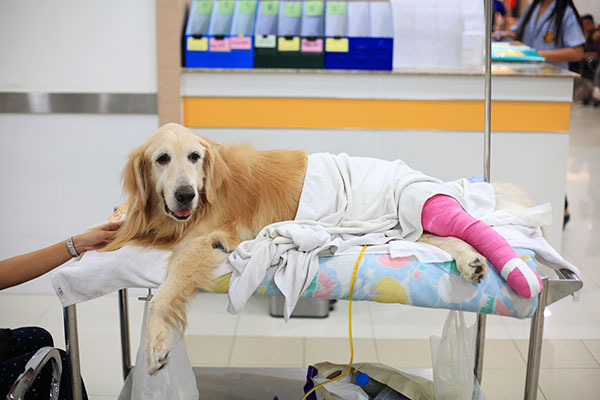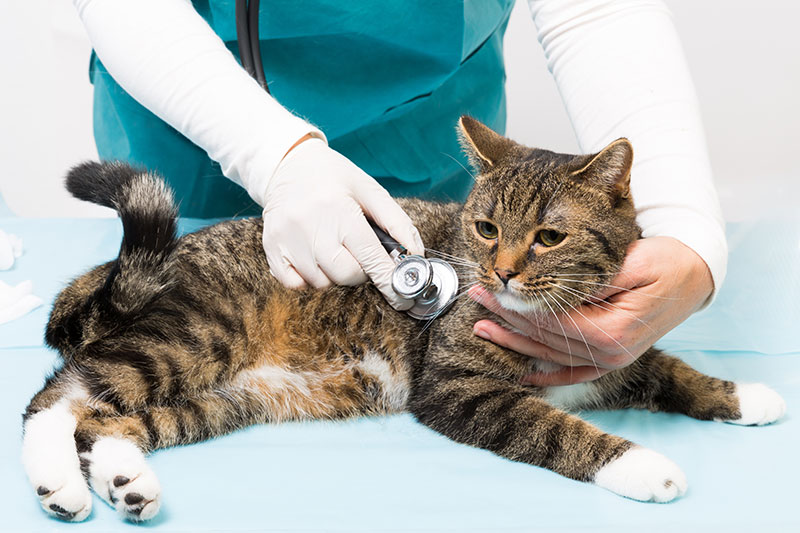San Mateo, CA
Welcome to Crystal
Springs Pet Hospital
We have proudly served San Mateo and the Peninsula for nearly 30 years. We pride ourselves in taking care of all your small-animal veterinary needs.

We are open 8 AM - 8 PM, 7 days a week. We also offer same-day appointments for Urgent or Emergency Care.

Compassionate Doctors
Dedicated Patient Care

Personalized Treatment
Serving San Mateo, CA for 30 years
About Crystal Springs Pet Hospital
Crystal Springs Pet Hospital is dedicated to providing the highest veterinary medicine and friendly, compassionate service. We believe in treating every patient as one of our own pets, giving them the same loving attention and care. We are a group of highly trained, experienced experts that are devoted to giving our patients the best possible care.
Crystal Springs Pet Hospital has proudly served San Mateo and the Peninsula for nearly 30 years. Our focus is keeping your dogs and cats happy and healthy. We also work closely with local practices when special procedures are required. Our services range from routine veterinary care, dental, and surgery to urgent and emergency pet care.
OUR VETERINARY SERVICES
Complete Veterinary Care in San Mateo, CA
We provide a broad range of diagnostic procedures, including x-rays and ultrasounds, surgeries, in-house blood testing, and the use of external laboratories.
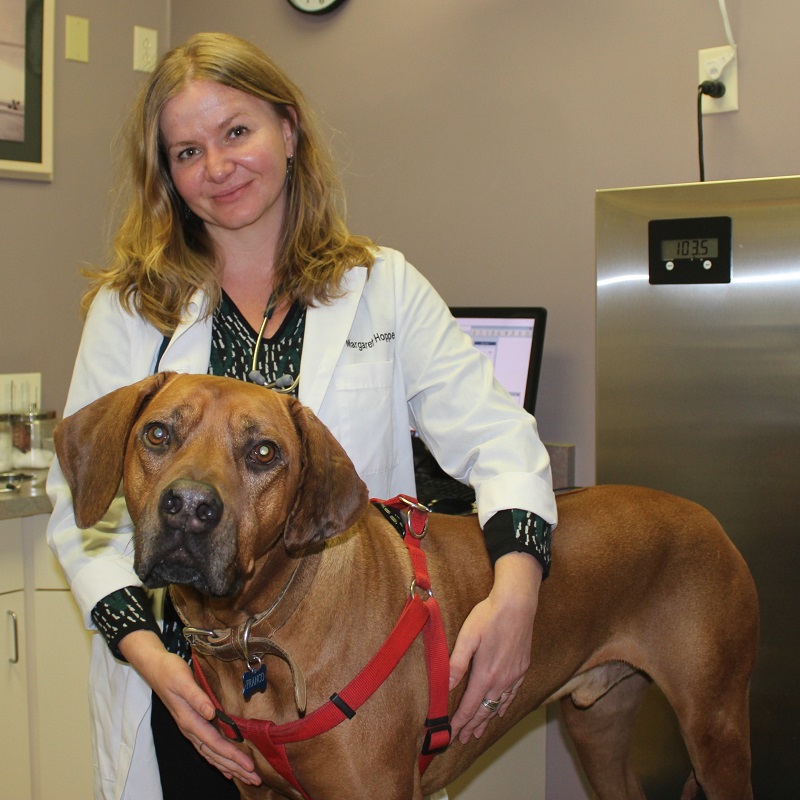
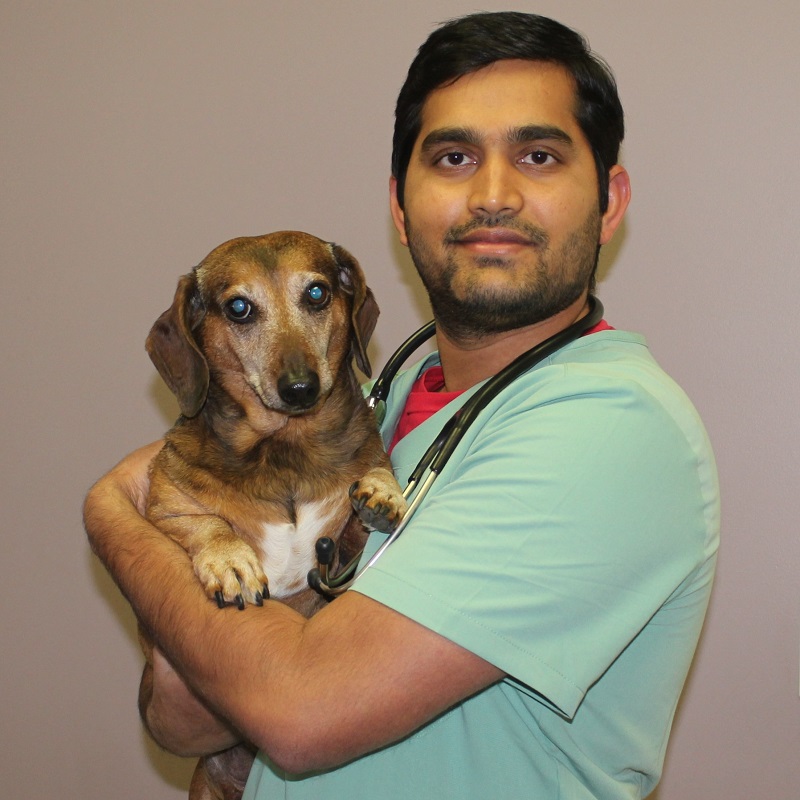
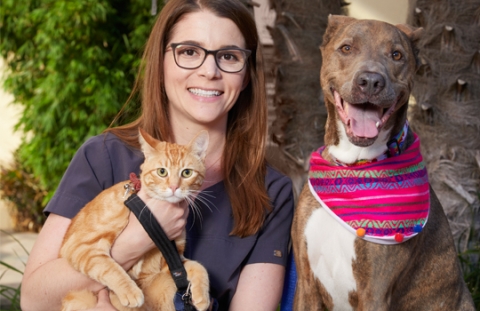

Your Veterinarian in San Mateo, CA
Your Veterinarian in San Mateo, CA
Meet Our Veterinary Team
Crystal Springs Pet Hospital’s highly skilled veterinary team works together to provide the best possible care for your beloved pets. Our team includes licensed veterinarians, registered veterinary technicians, and support staff.
